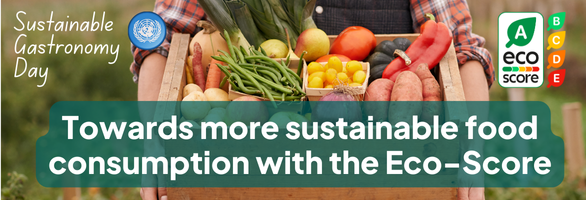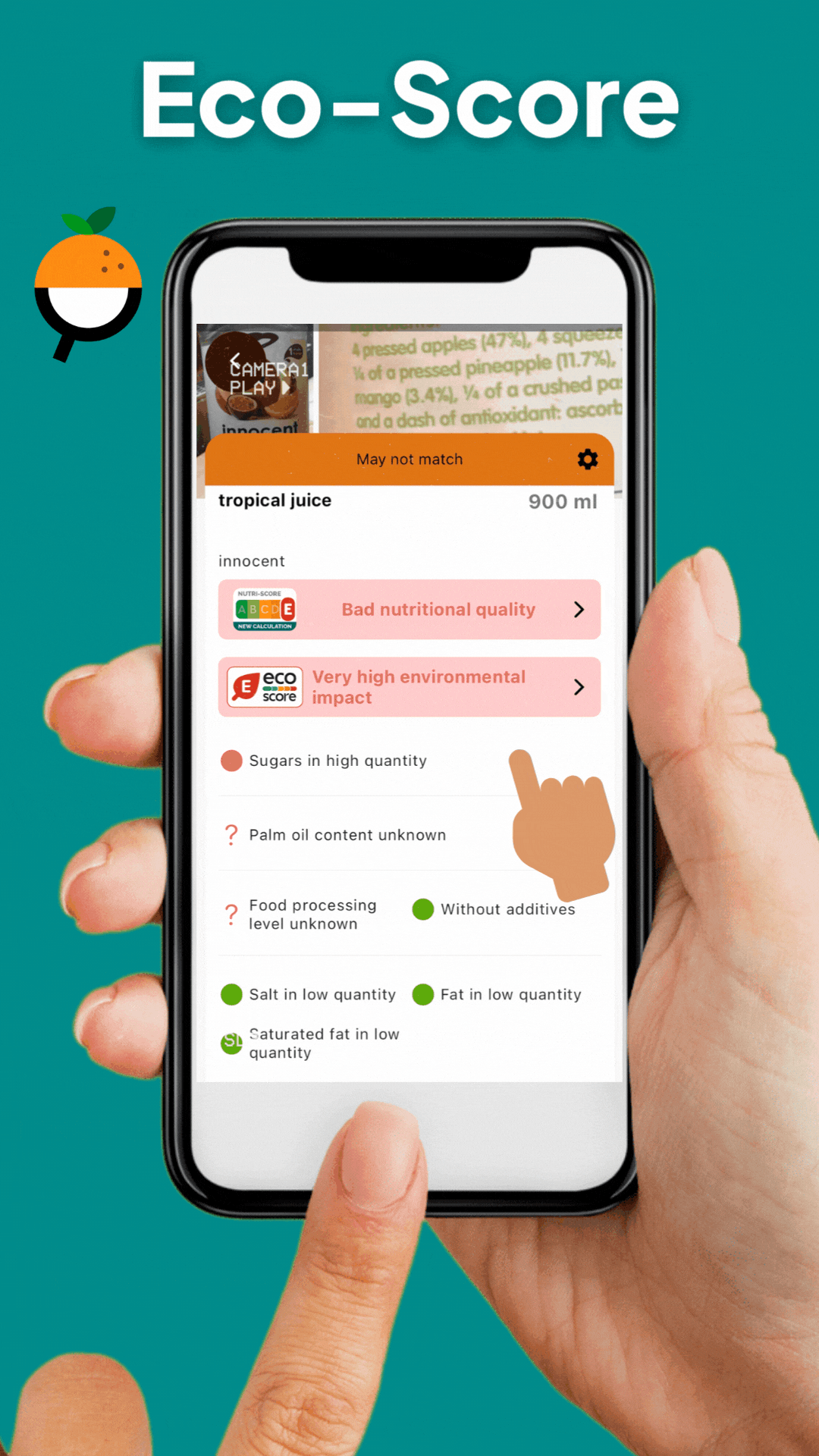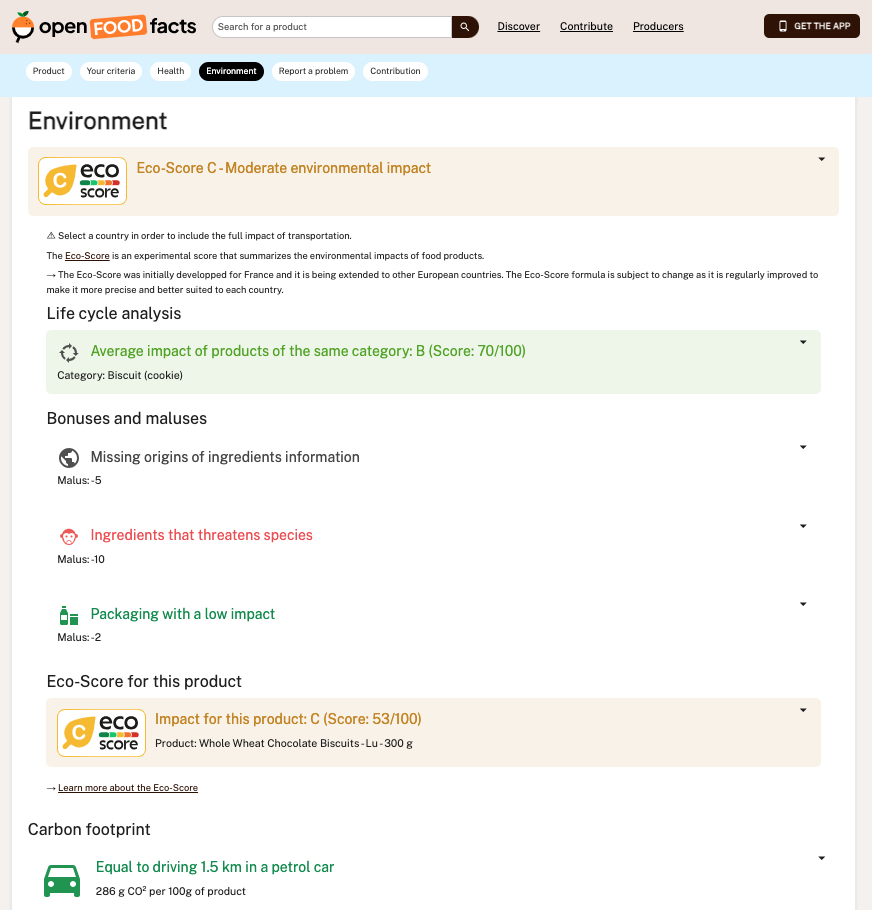
Sustainable Gastronomy Day – 18th June

What ?
Gastronomy is sometimes called the art of food. It can also refer to a style of cooking from a particular region. In other words, gastronomy often refers to local food and cuisine.
Sustainability is the idea that something (e.g. agriculture, fishing or even preparation of food) is done in a way that is not wasteful of our natural resources and can be continued into the future without being detrimental to our environment or health.
Sustainable gastronomy, therefore, means cuisine that takes into account where the ingredients are from, how the food is grown and how it gets to our markets and eventually to our plates.
The United Nations Educational, Scientific and Cultural Organization (UNESCO) and the Food and Agriculture Organization (FAO) and the UN General Assembly work to facilitate the observance of Sustainable Gastronomy Day, in collaboration with Member States, UN organizations and other international and regional bodies, as well as civil society, to observe the Day in raising public awareness of its contribution to sustainable development.

Learn more about Sustainable Gastronomy: https://www.fao.org/sustainability/background/en/
The Eco-Score, a tool for more sustainable food
To help consumers all around the world to make more sustainable food choices on a daily basis, Open Food Facts, along with 9 other actors committed to better nutrition, have developed the Eco-Score.

The Eco-Score is an environmental score* from A to E which makes it easy to compare the impact of food products on the environment.
*an experimental score
The Eco-Score helps consumers who wish to move towards a more sustainable diet, by encouraging them to:
🥩 Eat less meat but of better quality
🥬 Consume more organic products and products with quality labels
🥕Favour local and seasonal products, with little packaging
🍤 Limit products containing problematic ingredients (endangered fish, unsustainable palm oil)
The Eco-Score: a closer look

The Eco-Score is designed on a model similar to the Nutri-Score: it is a grade from A to E which summarizes 15 environmental impacts. The Eco-Score score is materialized by a colored leaf-shaped logo with a letter from A (very low impact) to E (very high impact).
The benchmark score: life cycle analysis (LCA) with data from the Agribalyse database
For each product category, a benchmark score is established using data from the Agribalyse environmental database designed by ADEME (French environmental agency) and INRAE (a public research institute working for the coherent and sustainable development of agriculture, food and the environment).
♻️ Life cycle assessment (LCA)
Life cycle analysis is a standardized assessment method for carrying out a multi-stage environmental assessment and multi-criteria:
– 6 production steps: agriculture, processing, packaging, transportation, distribution and consumption
– 14 environmental impact indicators: climate change/carbon footprint, ozone layer depletion, ionizing radiation, land, water, and energy use; pollution of air and marine and fresh water (particles, acidification, eutrophication); and depletion of resources.

➕/➖ Bonuses and penalties to refine the grading of each product
In order to take into account certain impacts on the environment which are not well covered by the life cycle analysis (such as biodiversity) and the specificities of each product within the same category, the score of reference is modulated with bonuses and penalties:

Understanding the Eco-Score of a product I scanned
If you are using the Open Food Facts free app, you’ve probably seen the Eco-Score on many of the scanned products.
🔎 Let’s take a closer look
To understand the score of a particular Eco-Score, you can click on it: this opens a “knowledge panel” (aka further insight into your product !).
Within the knowledge panel, you’ll discover the Life Cycle analysis. Note: these are average values based on the Agribalyse database. As explained above, bonus & malus points will be added or subtracted to this average, based on things like origin of ingredients, labels, packaging…
When you click on the orange part of the Life Cycle Analysis, you’ll find the breakdown of the impacts. This is quite insightful, because it shows which stage of the product is the most impactful. Most often this stage is “Agriculture” (and not transport as we may be tempted to think, especially for products transported from far).

Website
You can also find these insights on our website of course. Example here: https://world.openfoodfacts.org/product/7622210449283/whole-wheat-chocolate-biscuits-lu#panel_ecoscore

Unlock the scores
If a score is missing (Eco-Score or Nutri-Score), you can save the day & help to display it by adding the data it lacks to calculate it !
Sometimes it’s the category, sometimes the list of ingredients, and so on. The more data you feed it, the more accurate the score. (However note that for some categories, some scores just don’t apply (yet)).
By unlocking scores, you help the next person who’s going to scan this product to be more informed about its environmental & nutritional score, or its level of procession (Nova group).
Spreading transparency in the food sector, one product at a time ! 👏 🏆
P.S.👾 You can play Hunger Games & focus on the unlocking the Eco-Scores: https://hunger.openfoodfacts.org/eco-score?cc=en%3Aworld

